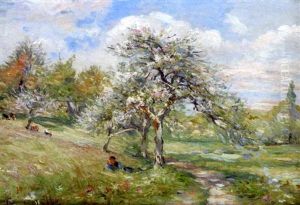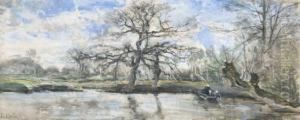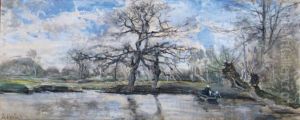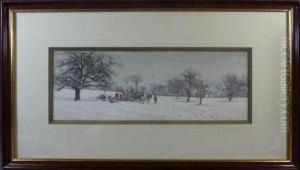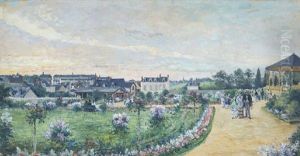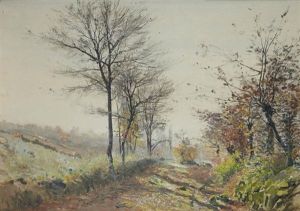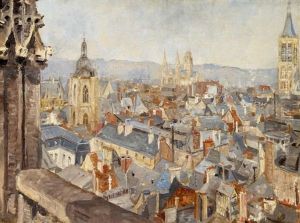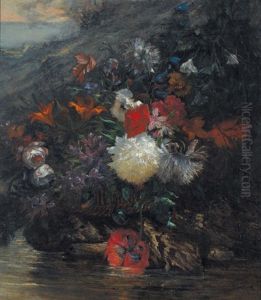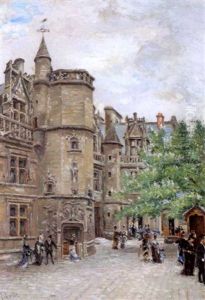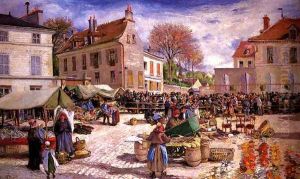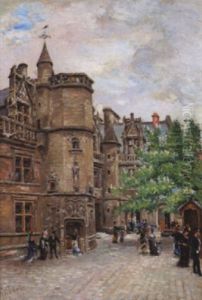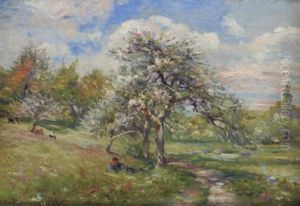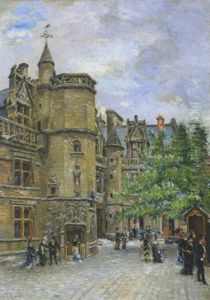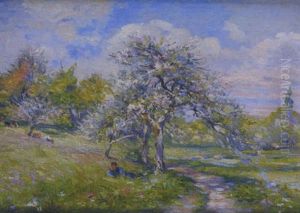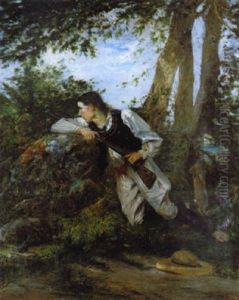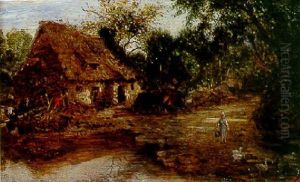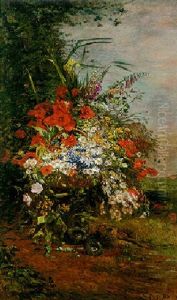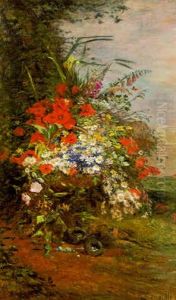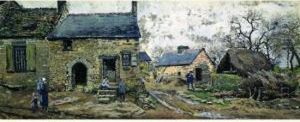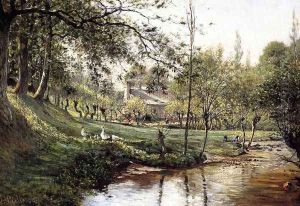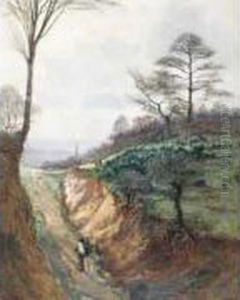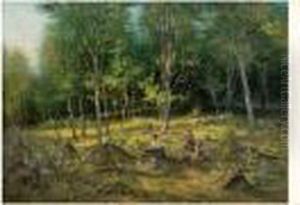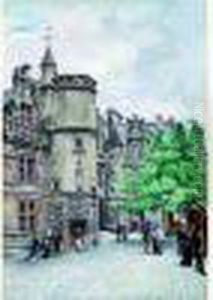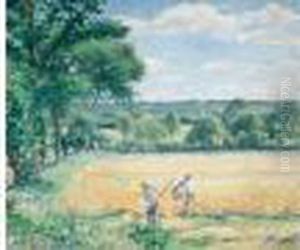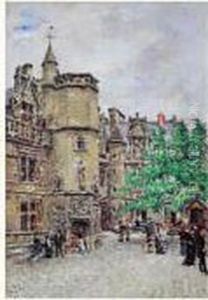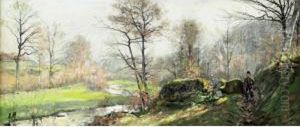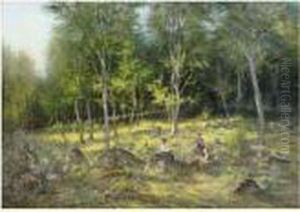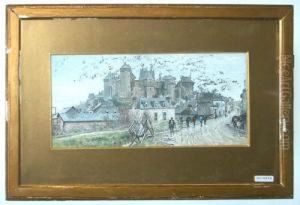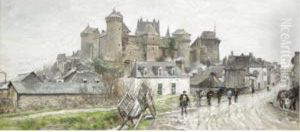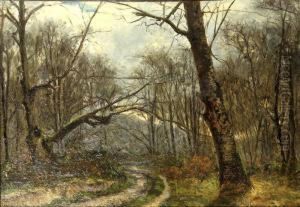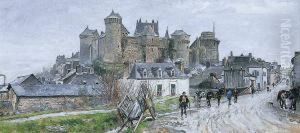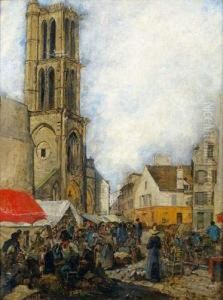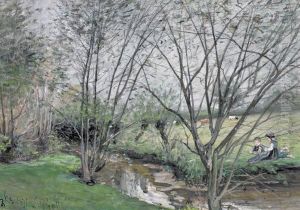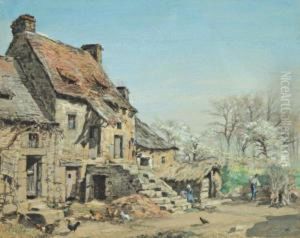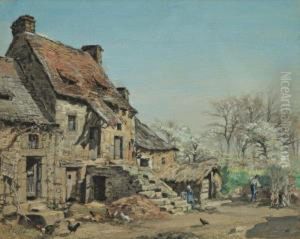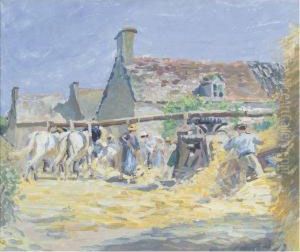Ludovic Piette Paintings
Ludovic Piette was a French painter, associated with the Barbizon School, a group of artists who worked in the village of Barbizon near the Fontainebleau Forest in France. This school was known for its pivotal role in the development of landscape painting, and its members are considered among the precursors to the Impressionists due to their pioneering work in plein air painting, capturing the transient effects of light and atmosphere.
Piette was born in 1826 in the town of Cambrai, in the Nord department of France. Little is known about his early life and training, but by the 1850s, he had become associated with the Barbizon group. Unlike the more famous members of the group such as Jean-François Millet, Théodore Rousseau, and Charles-François Daubigny, Piette did not achieve significant fame during his lifetime, and his work was somewhat overshadowed by his peers.
Despite this, Piette's contribution to the Barbizon School was significant. His work often focused on rural landscapes, with a particular emphasis on depicting agricultural life and the changing seasons. He was known for his intimate and small-scale paintings that captured the essence of French rural life without idealization, a characteristic that aligned him with the broader realistic tendencies of the Barbizon movement.
Piette was also a close friend of Camille Pissarro, a key Impressionist painter, with whom he maintained a regular correspondence. Through this friendship, Piette became an important link between the Barbizon School and the emerging Impressionist movement. Pissarro's influence is evident in some of Piette's later works, which began to reflect the lighter palette and looser brushwork characteristic of Impressionism.
Tragically, Ludovic Piette's career was cut short. He died in 1877, at the age of 51, leaving behind a body of work that has since gained recognition for its contribution to the evolution of landscape painting in the 19th century. His paintings are now held in various art collections and museums, appreciated for their quiet beauty and historical significance.
